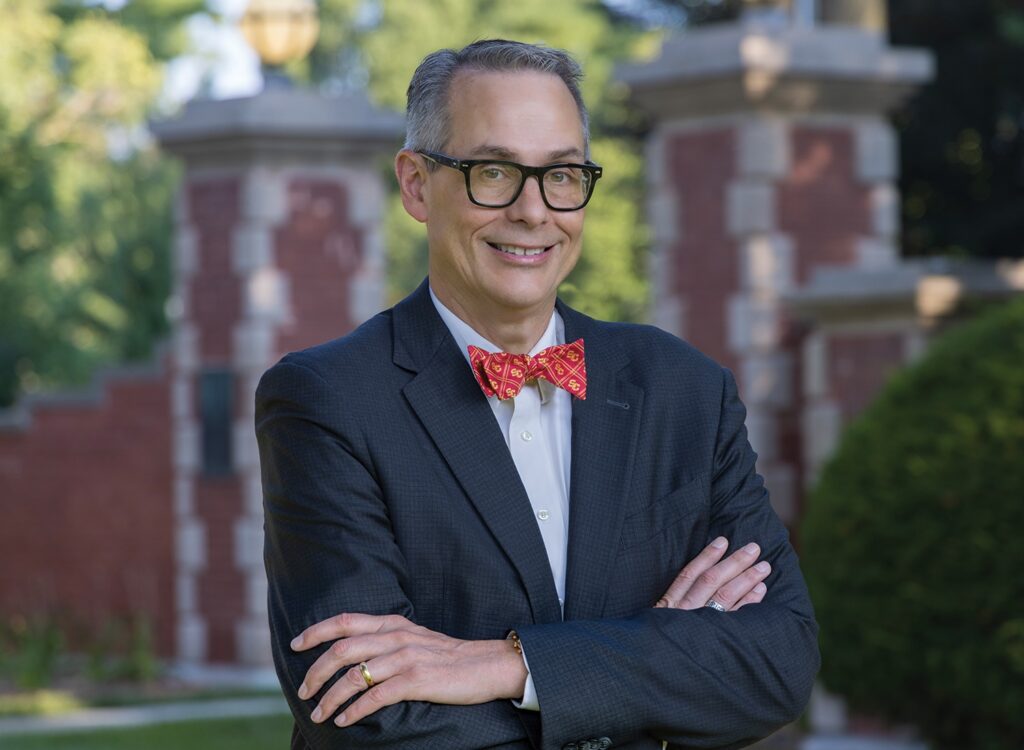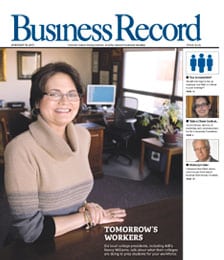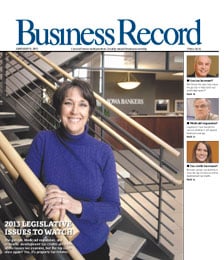Primary Health Care reinvents itself as free-standing clinic

FOCUS: HEALTHCARE
Six months after Primary Health Care severed its ties with Broadlawns Medical Center, the executive director of the provider of health-care services for poor and underinsured Iowans is on a mission.
Dr. Bery Engebretsen says thousands of patients who visited PHC’s clinics when it was affiliated with the county-owned hospital may have fallen through the cracks. He bases the assertion on an analysis of PHC’s clinic records and Broadlawns’ public documents between October, when Broadlawns ended its 22-year relationship with PHC, and January. Annualizing those numbers, he comes up with “15,000 patient visits that have sort of disappeared.”
Engebretsen and other medical professionals at PHC want to find them.
“These are people who, it appears, are not getting care,” Engebretsen said. “We’re now at a point that we’d like to reach out again and let people know we are still in business and that we are looking to provide care.”
Kelly Huntsman, PHC’s operations director, said some former patients aren’t sure now where to access the provider’s services. Engebretsen said some patients have told him they didn’t know they could still get health-care services from PHC after the relationship with Broadlawns ended.
“There’s no real easy way to identify who they are,” he said. “We just have to get the word out as widely as we can and make people aware that we still provide services based on their income.”
PHC moved its administrative offices to a 12-exam-room clinic at 2353 S.E. 14th St. last fall and plans to open a second clinic at Euclid Avenue and East 29th Street in June. PHC also provides health-care services on evenings and weekends at the Charles Johnson Wellness Center on the Grand View College campus, and has part-time hours at Homes of Oakridge and the House of Mercy. Part-time hours are also maintained at about a dozen missions and shelters throughout the city. Engebretsen hopes PHC’s increased presence will catch the attention of the patients who aren’t being served.
Though he can’t account for all the patients who were served when PHC operated under the Broadlawns umbrella, use of its clinics has exceeded Engebretsen’s expectations. When the relationship with the hospital fell apart, he estimated PHC would have about 30,000 patient visits annually. In PHC’s first six months as a free-standing clinic, patient visits are 25 percent ahead of his original estimates, and Engebretsen projects that the annual patient-visit total will near 38,000.
The separation from Broadlawns “was traumatic in the beginning,” he said, “but now we’re much more based in the community, and we’re reaching out and working with other entities in the community with similar interests.”
PHC is a key member of a coalition of health-care providers in Polk County, known as the Health Access Partnership. “We’re trying to put together a coordinated system of care for those who fall through the cracks,” Engebretsen said. “When we were closely tied to Broadlawns, the work revolved around just that world. We’ve found a lot of people are interested in trying to put together a safety net in this community.”
As a free-standing clinic, PHC has been able to reinvent itself. Clinical Director Donna Jones said that as an employee of Broadlawns, she had to consult several different levels of management before changes in how service is provided could be implemented.
“We can make decisions quickly, and don’t have to wait for people to get back to us, and we don’t have to talk it to death,” she said. “We feel like we can do more and provide more services, and we don’t have to worry about stepping on somebody’s toes down the hall. We can actually do the things we’re being funded to do in a very simple, easy way.”
PHC receives funding from the Bureau of Primary Health Care, a federal agency, so it hasn’t been able to completely escape the labyrinth of bureaucracy, Jones said. “We’re already reporting to the feds, and that’s one huge system to be accountable to, but if you’re affiliated with a hospital, it becomes cumbersome and you have to limit what you can do for patients,” she said.
An example of how patients could be better served, PHC has assigned a staff member to help patients fill out the paperwork for the federal 340B Drug Pricing Program, which provides access to reduced-price prescription drugs to more than 10 million people at more than 9,150 health-care facilities around the country. Applications are made directly to the drug companies, and that can be burdensome for patients, who may be taking several types of medications made by several different pharmaceutical groups.
“Within a two- or three-day period, we made the decision to pull a nurse from [the clinic] and reassign her to help complete the applications,” Jones said.
More than 400 PHC patients receive drugs under the program.
“Immediately we saw this need,” Jones said, “and we didn’t have to ask anyone’s permission.”







